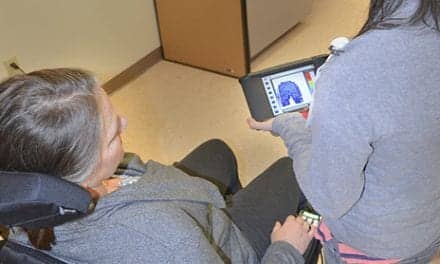Researchers pinpoint molecules in zebrafish that spur damaged nerve fibers to regenerate themselves. They suggest these molecules may pave the way to restore vital connections between the brain and spinal cord in humans post SCI.
Zebrafish, unlike humans, are able to regain full movement within 4 weeks of experiencing a spinal cord injury by restoring damaged connections and nerve cells in the spinal cord.
The researchers, from the University of Edinburgh’s Centre for Neuroregeneration, suggest, in a study published in Nature Communications, they may have discovered how zebrafish are able to accomplish this feat.
After experiencing a spinal cord injury, wound-healing cells called fibroblasts move to the injury site, and produce a molecule called collagen 12, which changes the structure of the support matrix that surrounds nerve fibers. This enables the damaged fibers to grow back across the wound site and restore the lost connections.
A chemical signal called wnt instructs these fibroblasts to make collagen 12, explains a media release from the University of Edinburgh.
“In people and other mammals, the matrix in the injury site blocks nerves from growing back after an injury. We have now pinpointed the signals that remove this roadblock in zebrafish, so that nerve cells can repair connections that are lost after damage to the spinal cord,” says Thomas Becker, from the University of Edinburgh’s Centre for Neuroregeneration, in the release.
“We next plan to check whether triggering these signals in other animals can help them to repair nerve connections damaged by spinal cord injuries.”
[Source(s): University of Edinburgh, Science Daily]






I am really excited about the future of curing spinal cord injuries! I know it will not happen in my lifetime but there will be more hope for people going forward. I’m very proud of all the people spending their time and money looking into this! Thank you to all who make a difference in our world! I am a T4 paraplegic myself and hope nobody ever has to deal with what I’ve gone through! Eventhough I may not benifit from this study I still extremely happy and excited about the future!